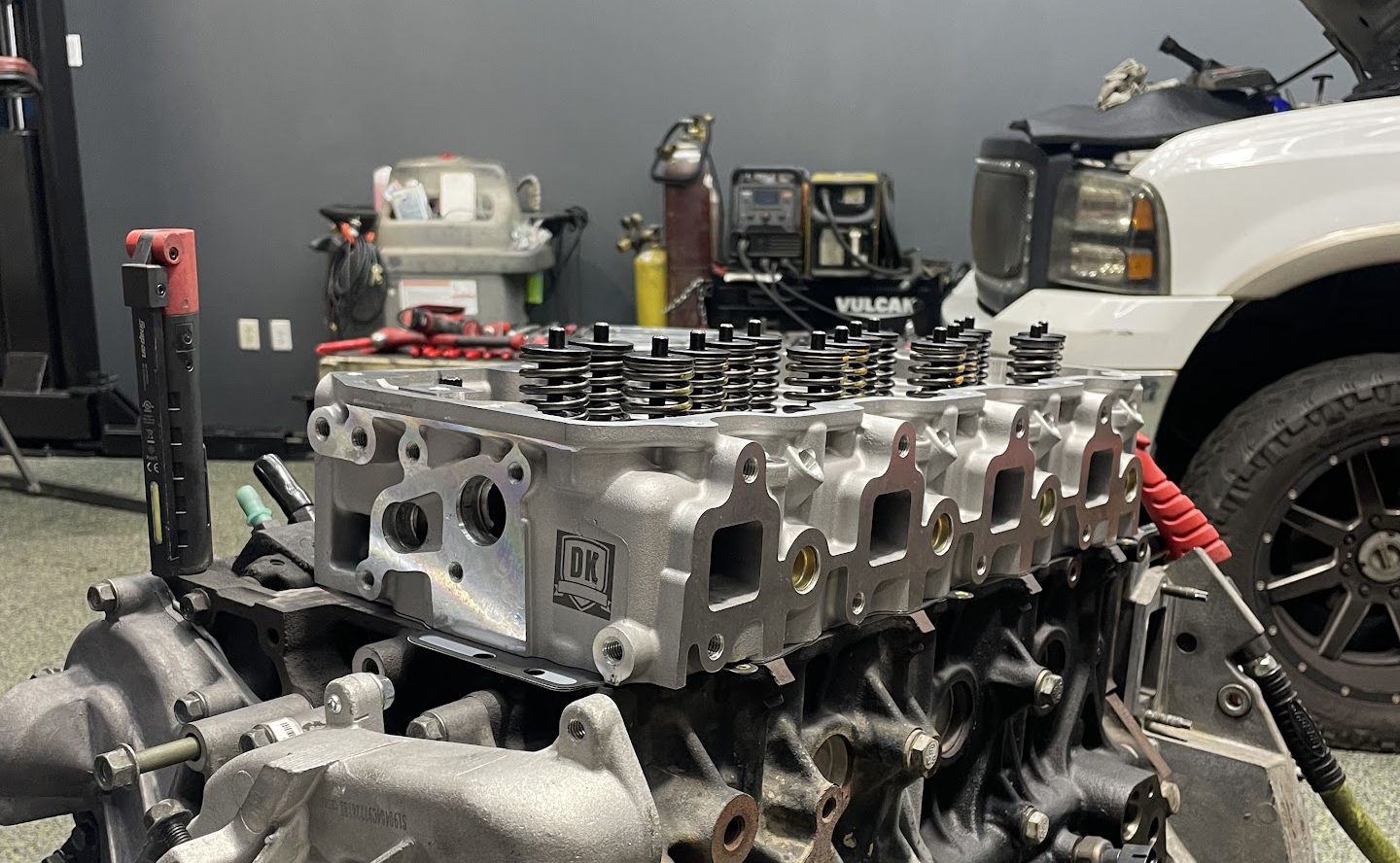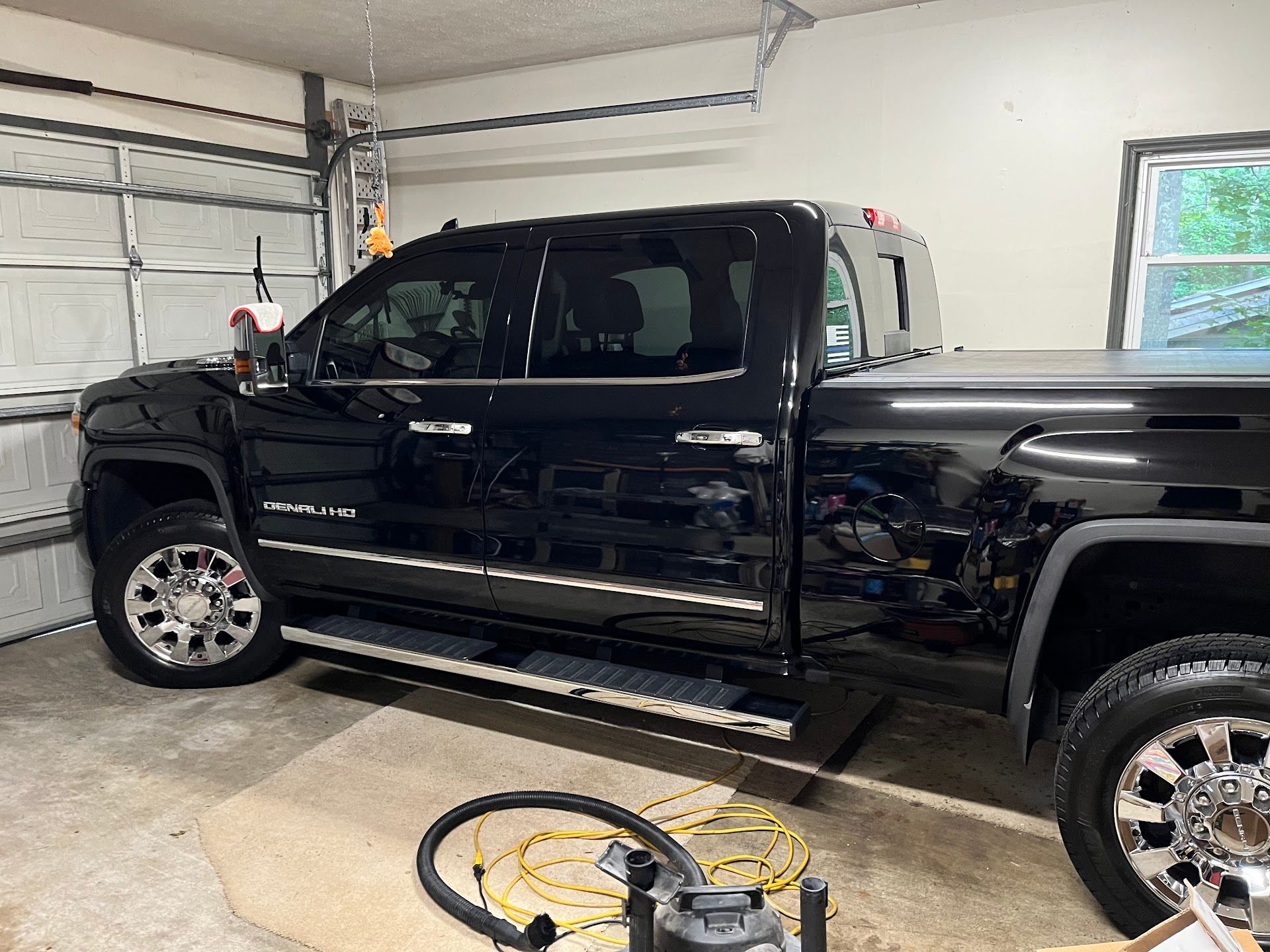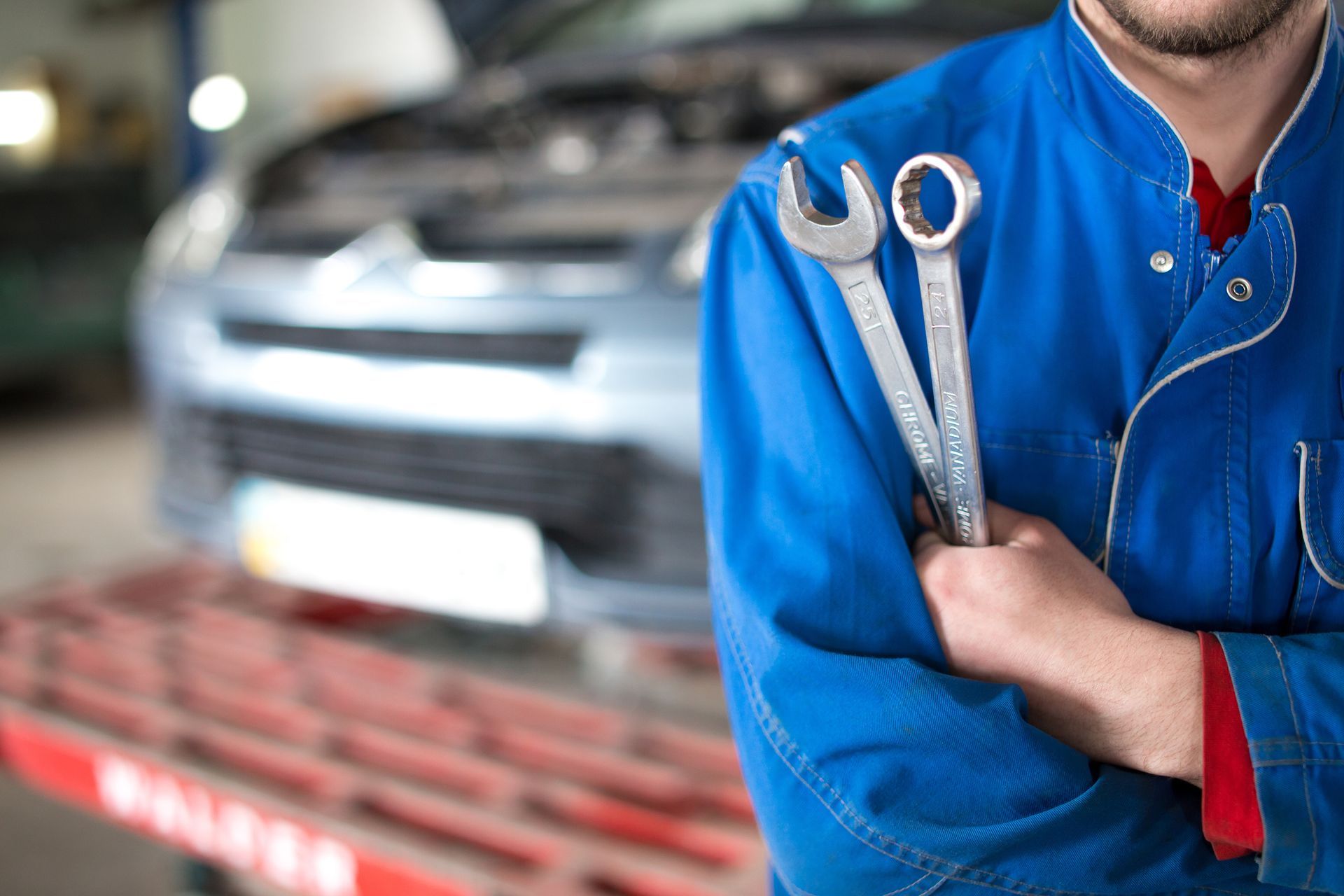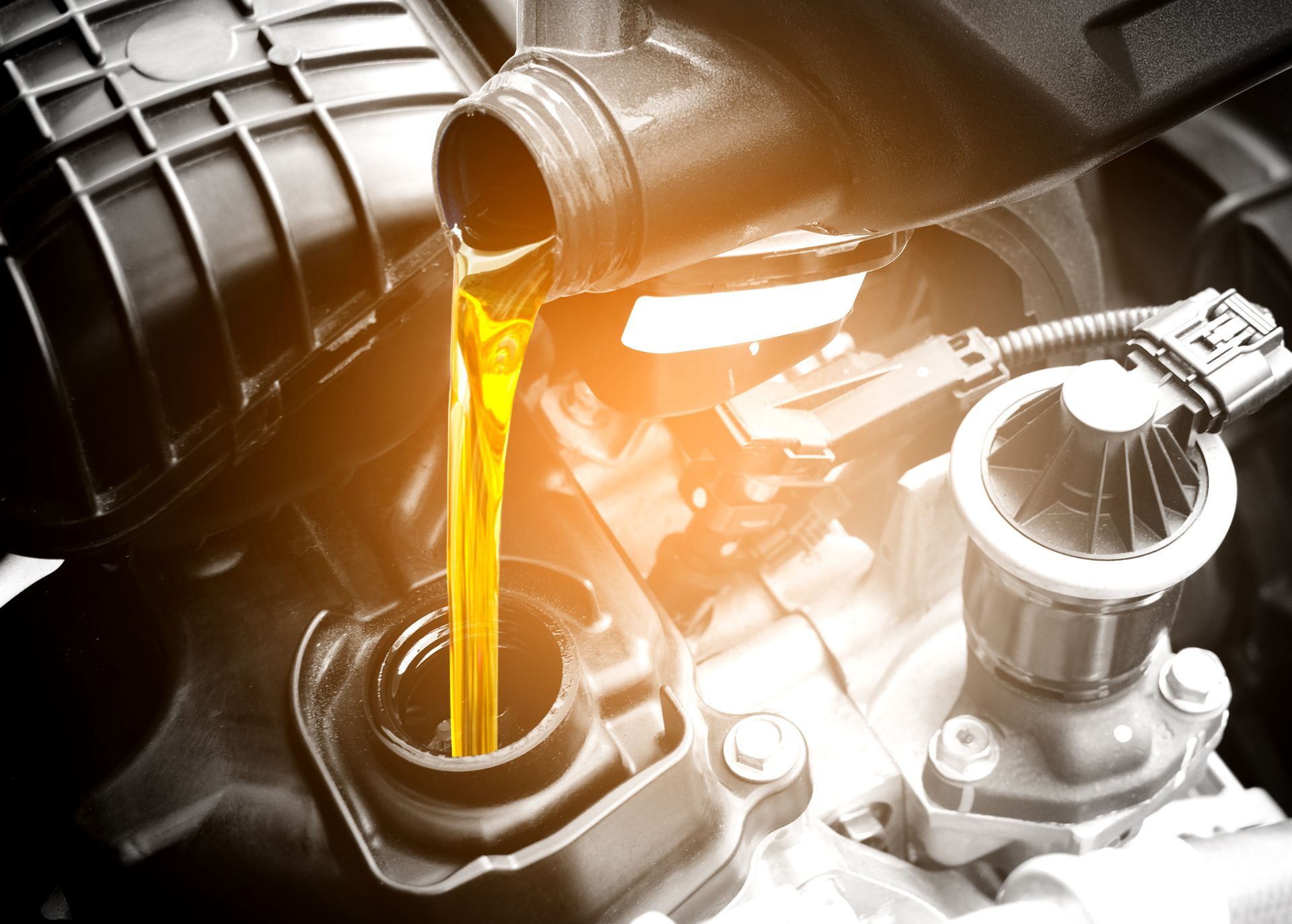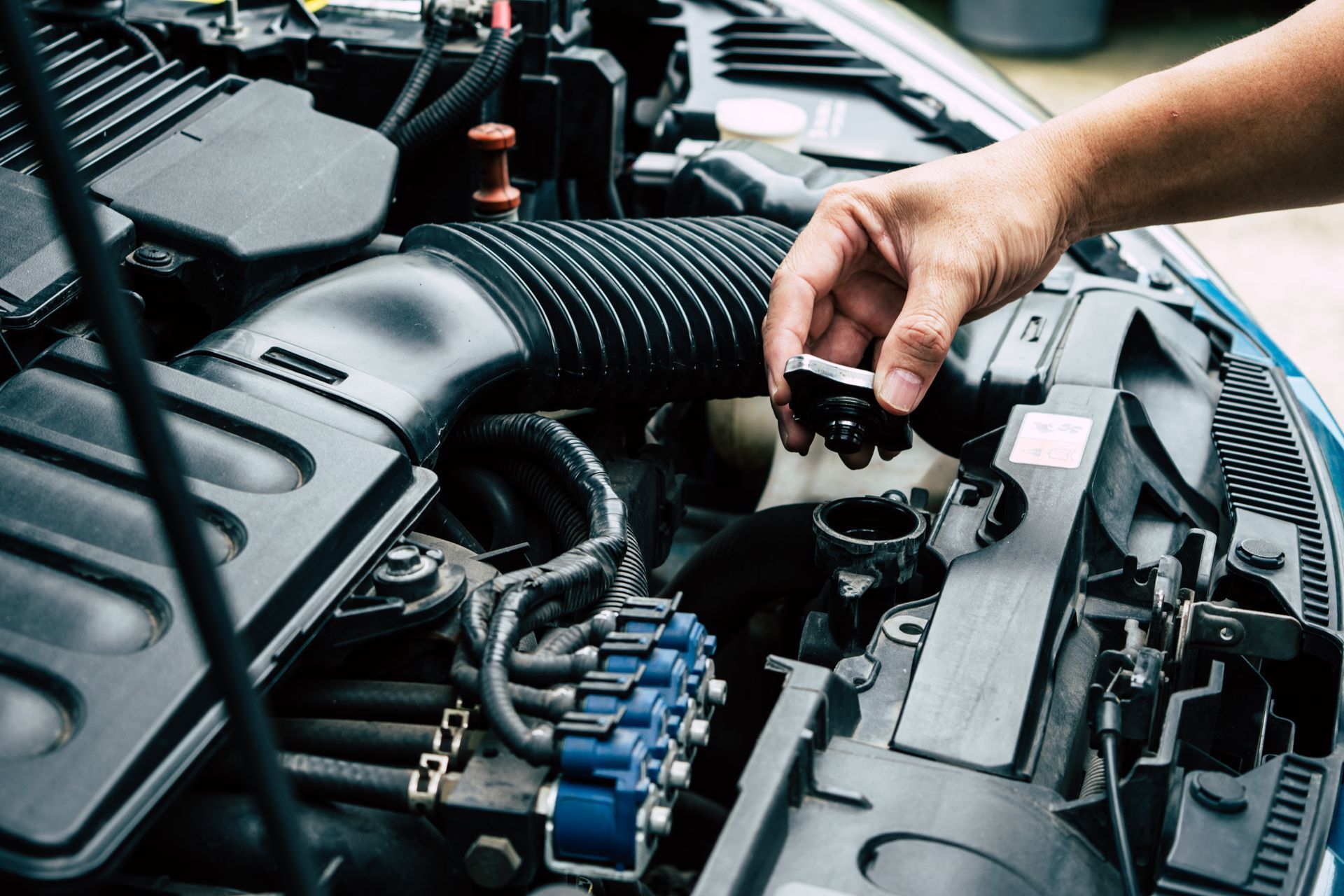What's Involved in an Emissions Test in Georgia?
If you live in Woodstock, Georgia, you've probably heard about emissions testing, but you might not know exactly what it involves or why it's required. Whether you're new to the area or just got your first car, understanding the emissions testing process can save you time, money, and stress when it's time to renew your vehicle registration.
Georgia requires emissions testing in certain counties, and while Cherokee County (where Woodstock is located) isn't currently subject to mandatory testing, many residents work in nearby counties like Cobb, Fulton, or Gwinnett where testing is required. Plus, understanding emissions can help you keep your vehicle running cleaner and more efficiently.
What Is an Emissions Test?
An emissions test measures the pollutants your vehicle releases into the atmosphere. The test checks your car's exhaust system to ensure it meets state and federal environmental standards. Think of it as a health check for your vehicle's ability to run cleanly.
The test measures several harmful substances, including carbon monoxide, hydrocarbons, and nitrogen oxides. These pollutants contribute to smog and air quality problems, especially in densely populated areas like metro Atlanta.
Why Are Emissions Tests Required?
Georgia implemented emissions testing to comply with federal Clean Air Act requirements. The goal is to reduce air pollution and improve public health, particularly in areas with heavy traffic and industrial activity.
Even if you live in Woodstock where testing isn't currently mandatory, you might need it if you:
- Work in a county that requires testing
- Plan to register your vehicle in a testing county
- Want to sell your car to someone in a testing area
- Need to comply with certain business or government vehicle requirements
What Happens During the Test?
The emissions testing process is straightforward and usually takes about 15-20 minutes:
Initial inspection involves checking your vehicle identification number (VIN), odometer reading, and ensuring your car is safe to test.
OBD-II port connection is where technicians plug a computer into your car's onboard diagnostic port (usually located under the dashboard near the driver's left knee). This port has been standard in all cars since 1996.
Computer scan reads data from your vehicle's engine management system, checking for error codes and ensuring emission control systems are working properly.
Tailpipe test may be required for older vehicles (typically 1995 and earlier) that don't have OBD-II systems. This involves inserting a probe into your exhaust pipe while the engine runs.
Results review happens immediately, and you'll know right away whether your vehicle passed or failed.
Common Reasons Vehicles Fail Emissions Tests
Understanding why cars fail can help you avoid problems:
Check engine light is an automatic failure. If this light is on, your car won't pass, regardless of actual emissions levels.
Faulty oxygen sensors are one of the most common failure causes. These sensors help your engine run efficiently and control emissions.
Catalytic converter problems can cause high pollution readings. These devices convert harmful exhaust gases into less harmful substances.
Engine misfires create incomplete combustion, leading to higher emissions and poor fuel economy.
Fuel system issues like clogged injectors or a dirty air filter can affect how cleanly your engine burns fuel.
Evaporative emissions problems occur when fuel vapors escape from your gas tank or fuel lines instead of being captured and burned.
How to Prepare for an Emissions Test
Taking these steps can improve your chances of passing:
Drive your car regularly before the test. Your vehicle's emission control systems work best when warmed up and operating normally.
Use quality gasoline from reputable stations. Poor fuel quality can temporarily increase emissions.
Check your check engine light well before your test date. If it's on, get the problem diagnosed and repaired first.
Ensure proper tire pressure and recent oil changes. While not directly related to emissions, a well-maintained vehicle generally runs cleaner.
Avoid testing immediately after repairs unless necessary. Sometimes it takes several driving cycles for emission control systems to reset properly.
What to Do If Your Vehicle Fails
Don't panic if your car doesn't pass on the first try:
Get a diagnostic report that explains exactly why your vehicle failed. This information is crucial for effective repairs.
Address the specific problems identified in the failure report. Guessing at repairs wastes time and money.
Allow time for repairs before retesting. Some emission control systems need time to reset after repairs.
Retest after repairs are complete. Most testing facilities offer free retests within a certain timeframe.
When Professional Help Makes Sense
While some emission problems have simple solutions, many require professional diagnosis and repair:
- Check engine lights often indicate complex computer-controlled system problems
- Catalytic converter replacement requires proper parts and installation
- Oxygen sensor replacement needs specific tools and knowledge
- Engine performance issues affecting emissions require advanced diagnostics
Modern vehicles have sophisticated emission control systems that interact with engine management computers. Attempting repairs without proper knowledge can make problems worse and more expensive to fix.
Get Professional Emissions Help in Woodstock
Whether you're preparing for an emissions test or dealing with check engine lights and performance problems, the ASE-certified technicians at Diesel David Inc have the diagnostic tools and expertise to identify and fix emission-related issues.
Our advanced diagnostic equipment can pinpoint exactly what's causing emission problems, saving you time and money on unnecessary repairs. We work on all makes and models, from diesel trucks to gasoline cars, and back our work with a 2-year/24,000-mile warranty.
Don't let emissions problems keep you off the road. Contact Diesel David Inc at (770) 874-5094 or schedule your diagnostic appointment online. We'll get your vehicle running clean and help you pass any required emissions testing with confidence.
